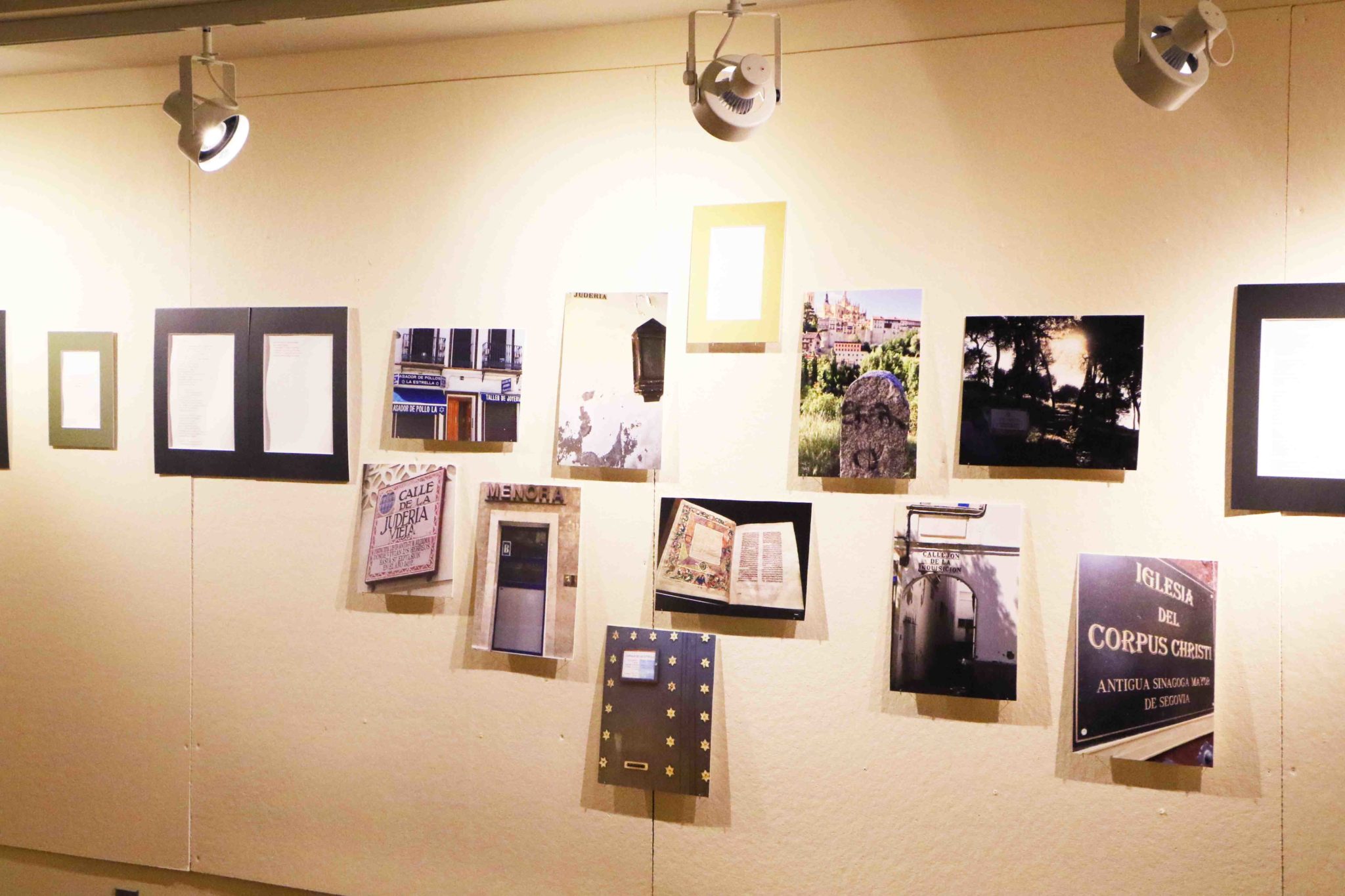
Rachel Kaufman ’19’s collection of historical poetry, “Many to Remember,” truly exhibits the ways in which poetry can bring life to history. In her own words, historical poetry is a “warm form to hold cold material.” First inspired by a memory in history class with assistant professor Jennifer Allen, Kaufman became interested in historical poetry as an art form: She revels in the idea of the genre as testimony giving form to truth and as poetry exploring and remembering historical trauma. This past summer, Yale funded Kaufman’s internship at a museum in Madrid. Over the summer, Kaufman dedicated herself to researching Jewish history in Spain and her own Jewish heritage, using the poetic medium to intertwine her modern-day family and love. After looking through digital archives and visiting Jewish memory sites in Spain, Kaufman wrote her 38-page book of poems and returned to the U.S. with a written and revised product. Kaufman’s book, “Many to Remember,” is now shown in the Trumbull art gallery until Nov. 27, its pages splayed in succession across the gallery walls.
Last Friday, Nov. 10, I attended the gallery opening in the afternoon. I walked first directly across the space to the back wall, where she had displayed the book’s title page and an assembly of colorful pictures featuring Jewish memory sites and memorabilia from her trip to Madrid. Lively music played in the background, and an assembly of Kaufman’s friends and teachers began to fill the room. Kaufman directed me to the left most wall, where the collection began: From there, her guests snaked around the room from left to right, ruminating over her words, assembly of quotes and pictures. Every page of her book is mounted on a sheet of earth-colored paper.
She begins her collection with the G.C. Waldrep quote from The Night Autopsy: “Things start with fire, or else with music.” The quote sets a tone throughout her collection that reopens and explores history through the medium of art and music. Kaufman’s first poem, “Many to Remember,” reads as an instruction list urging the reader to break open big and little aspects of life, riffing on the power in the word “break” and what the quality of brokenness means. The final sentence of the poem reads: “Break through, / break free, break under barbed wire, / break up into the sky.” I read the poem as an invitation to revisiting historical moments and as the poet’s wish to give oppressed historical figures new voice and freedom upon revisiting them.
The poems often use a young modern female perspective to touch upon her family’s personal history, Jewish worship within her family and Spanish historical figures. I was deeply moved by the poem “Modo de volar, Disparates 13” — a reference to a piece in a Francisco de Goya y Lucientes’ collection of etchings, which translates to “A Way of Flying” — in which she writes: “I hold my hands tightly to yours / and do not feel my feet lift off the ground but instead, / a quiet rumbling in my belly as if / there is wind between my fingers / and resting on my lips.” Here, I think about the poet as revisiting and embodying an ancestor of her past, finding the freedom to travel through time and communicate with this old voice. I connected this paragraph with poems later in the collection about the poet’s modern love: Perhaps in the same moment, the poet reflects upon a modern familial love, and romance, in remembering her ancestors.
Later in the collection, in the poem “Dayenu,” the poet writes about how her ancestors work against the anti-semitic violence and hatred they face. The poet plays with the word “Dayenu,” a Passover song and a Hebrew word which means “it would have been enough.” She ends her poem: “and somehow — though I will never understand why — it was enough.”
In “Careful Coherence” and “Garage,” I was moved by how the poet thought of the act of dating and commemorating creatively and unconventionally. “Careful Coherence” seems to play with the meanings of the word “date” — “Date your paintings, date your histories, / date the history of people you can’t meet, won’t / imagine, don’t embrace: date entries / in a blue suede journal, date faces on the subway and / lock them in time to erase their burnt contexts, the color / of the lights flashing above their heads.” I imagined this poem as in conversation with its successor, “Garage,” in which the poet considers her mother’s works of art as measurements and as means of keeping time: “To measure motion / of an artist’s life: works stacked floor / to ceiling in a grey garage, three prints chosen / and laid carefully on marbled floor, / Is to count children born, books read and classes taken, nighttime shows watched and fulfillments pushed aside.” The poet, herself, keeps track of and revisits time in pieces of music, in dance performances, in works of art and in public monuments.
All the while bringing life to historical characters, a modern voice speaking of modern love pervades the collection. In “Grow old with me,” the poet imagines a future with a person she loves: “If the birth control catches up to me, / along with maternal genes (the passing down of laughter), / I think you will lie down next to me / and buy us new sheets each day / to match the changing light and flowers at the market.” I was deeply moved by the poet’s reflections of her own love. I imagine the love she feels for her family history and for the history of her culture as continuing into the future with this muse.
The ways in which Kaufman’s poetry embody familial and cultural history — rife with trauma, persecution and rejoicing — through a young, open-eyed voice truly bring warmth to cold history.
Annie Nields | annie.nields@yale.edu







